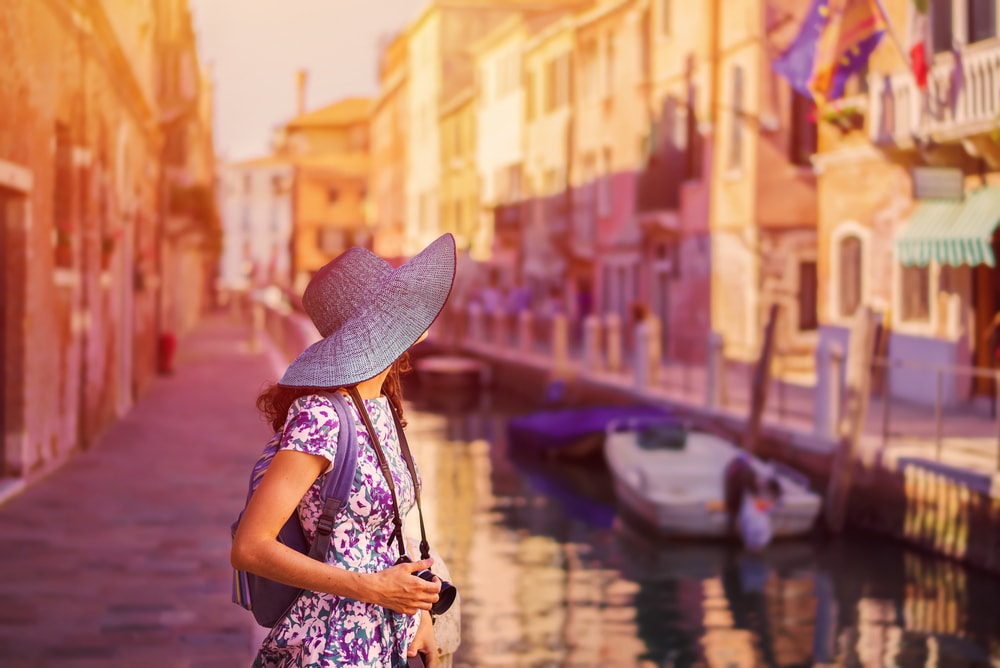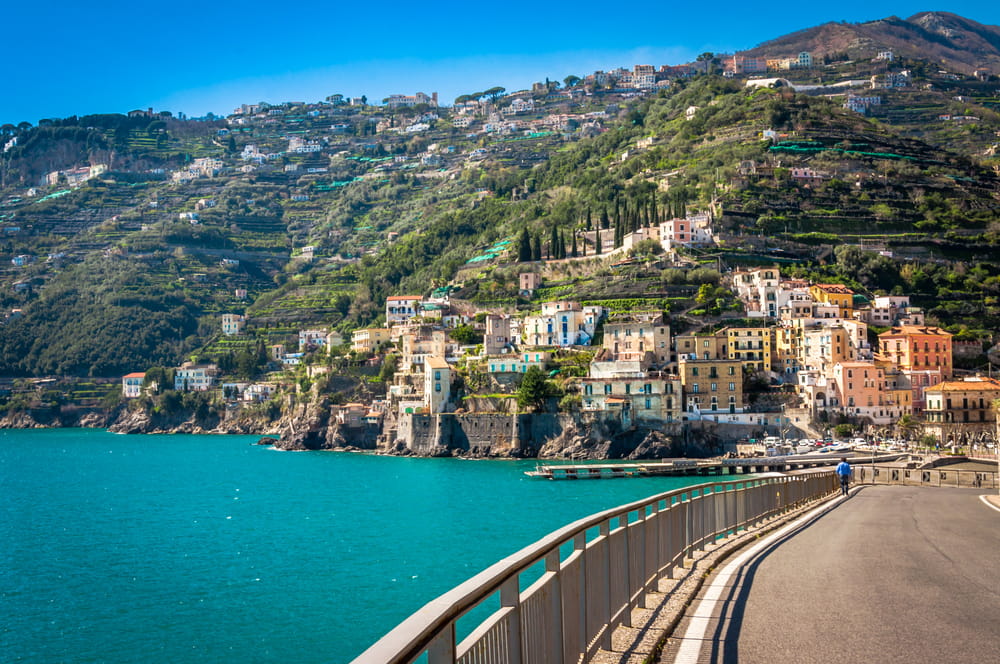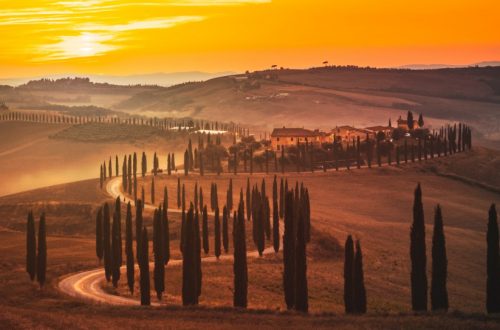
Rome Travel Guide for First Timer
One of the premier destinations in Italy, Rome in a very inspirational city. It boasts the true Italian romance, beautiful architect, stunning cuisine and so much fun-packed things to immerse into.
This travel guide for first time visiting Rome is proposed by Annalisa Fran, a true normad blogger from Rome. It provides insightful view of the city that you may not find anywhere else :
How many days you need to see the best of Rome ?
To explore Rome in fast space when you are very energetic and love to move fast, give yourself at least 3 days. If you love to travel at a more relaxed pace, reserve a week for Rome.
Those who are passionate about Rome and Italy, and you would like to explore Rome beyond the historical center and do day trips to other interesting towns in central Italy, take a month.
Best time to visit
The weather in Rome is usually mild and we rarely see snow here.
On the contrary, it becomes almost impossible to walk in the city center during August, which is the hottest month, so avoid this time of year.
The other months between April and December are the favorite ones for most people.
See more : Italy Travel Guide
Top things to do in Rome
First, take a stroll in the historical center. This is perfect for you when you don’t have much time to spend on your first visit to Rome but you want to see as much as you can and at least catch the main sites.
Check also : Top Things to do in Italy
If you love to take pictures, you’ll be very busy, and you’ll have the sensation of walking inside a gigantic, open-air museum. To experience the most attractive views and the perspective plan behind the urban spaces, I recommend you visit the places in the following order:

The “Piazza del Popolo” (People’s Square)
In this plaza, you will find the so-called “Twin Churches” (Santa Maria dei Miracoli and Santa Maria di Montesanto) and the Egyptian obelisk brought to Rome by the Emperor Augustus. Climb to the Pincio Terrace for a panoramic photo.
The Spanish Steps
At the bottom of this stairway, which often hosts fashion shows, you’ll see the boat-shaped fountain by the Berninis, father and son (17th century); at the top, the “Trinità dei Monti” church. From the top of the stairway, you´ll find the best view of Frattina Street, one of the most popular shopping areas in Rome, and of the rooftops of many more churches and ancient buildings.

The Trevi Fountain
Another work commissioned by the clergy and executed behind the main residency of the Barberini family.
The Venezia Square
The monument to Vittorio Emanuele II dominates the view in this square, but it is quite recent, compared to other buildings in Rome. Built during the 19th and 20th centuries and dedicated to the first King of modern, unified Italy, it symbolizes the Italian identity and unity, and Italy as a secular state.

The Campidoglio
One of the seven famous hills on which Rome was founded, or in other words, one of the places where the ancient Roman kings celebrated their rites. The place has been renovated many times, but simply looking around, you’ll see the remains of several ages.
Walk up the stairs which bring you to the Capitolini Museum: you will catch the statue of Marco Aurelio, and, a little bit further, one of the most breathtaking views of the Roman Forum.
The Fori Imperiali Street
This is the place where you’ll see Rome as you imagined it, and as you remember it from the books and the movies. Take your time while moving along this wide, ancient road. To the right and to the left, you’ll gaze upon the ruins of the ancient markets of the Romans, the temples to their Gods, and the buildings where the Romans carried out their public life. From here, you will already see the Colosseum.
The Colosseum
This sight is rewarding enough from the outside. You can walk around the entire perimeter, and step on the ancient stones which form the “Sacred Road.” There is usually a line to get in. The ticket also allows you to enter the Roman Forum, that you have already admired from one viewpoint from Fori Imperiali Street.
The Circus Maximus
This is the place where ancient Romans used to host horse races. Nowadays, it often hosts markets and concerts. It is covered with grass, and from here you have another wonderful view of the Roman Forum.

The Pantheon
The temple to “all the deities of yesterday, today, and tomorrow” from 27 BC has the original, classical architecture of a Roman temple. The structure is perfectly preserved. It became a cathedral and hosts the tombs of eminent political figures from the past. It’s dome is unique in all the world, with a central hole which sheds light onto the inside.
The Navona Square
This long, rectangular square serves as a cheerful gathering point for travelers, workers and street artists. The square has ancient Roman origins, it was known as Stadium of Domiziano, and it was revived during the 17th century. The Navona Square showcases three spectacular fountains in travertine marble from the Baroque period, and it’s surrounded by the facades of the Sant’Agnese church and the palaces of several very influential families in the history of the city.
The Saint Angel Castle
Walking from the Navona Square to Saint Peter´s, you find the Saint Angel Castle. On the banks of the Tiber River, facing one of the most romantic bridges in Rome, it´s at it’s best at sunset, after a clear day. It’s construction started in the 2nd century AD, when the Emperor Hadrian decided to erect a mausoleum for himself and his family. Centuries later, the structure became a refugee for the popes. During the Middle Ages, it was connected to the Vatican through a secret corridor, that the Popes used to escape military attacks. At its top, a statue of the Archangel Michael symbolizes the city´s gratitude for the end of the plague in Rome.

Saint Peter’s Square and Cathedral
The most popular cathedral in Rome belongs to the Vatican state, as well as Saint Peter´s Square. You need to stand in a long line to enter the cathedral, and to climb the dome, where panoramic views of the city await you.
If you don’t have enough time or energy for this, please remember that there are other interesting and no-less-worthy cathedrals in Rome, like Santa Maria Maggiore and San Giovanni in Laterano, which are not visited nearly as much and consequently don´t have such long waiting lines.
The Ara Coeli church, on the Campidoglio Hill, is certainly worth a visit.
Insider Tips : Understanding Rome’s architect
While you go through the historical center, you will see ancient buildings and structures from different historical ages. The main monuments which you can visit, however, either date back to the Roman empire or were built in the 16th and 17th centuries (the Renaissance and Baroque periods), when the Clergy gained more and more power and wealth, and commissioned geniuses like Bernini and Michelangelo to renovate churches, fountains, and other urban spaces.

Museum Hopping ?
To see many of the collections of the powerful popes in the Vatican Museums, together with Michelangelo’s frescoes in the Sistine Chapel, book your ticket on the official website of the museums. The visit will take you at least two hours. If you love sculptures, visit the “Galleria Borghese”, which holds fine sculptures by Bernini and Canova.
Fond of the history of Rome ? check out the Capitolini Museums
Rome Eating guide
Street food
The basics of Rome’s street food are gelato (ice cream), sliced pizza, and supplì (stuffed fried rice balls).
To know more about gelato and other popular desserts in Rome, please read this article https://travelconnectexperience.net/guide-local-desserts-rome-gelato-sweets/
You will find pizza and supplì almost everywhere, but if you’re looking for especially good quality, visit Antico Forno Roscioli (address: 34, Via dei Chiavari.)
To dine out in Rome, avoid touristic spots like the Trastevere District, when you could go for a beer or a glass of wine in the bars in the nearby Trilussa Square instead.
You can get your dinner with typical Roman dishes like Amatriciana, Carbonara, Cacio e Pepe at a fair price at La Mucca Biricchina (address: 12, Via Urbana.)
For vegetarian or vegan dishes in a juice bar, stop in at Aromaticus (134, Via Urbana ).
Where to stay
Either you opt for a stay at a hotel or for an airbnb apartment, give preference to the areas outside the historical center, and avoid the ones near the Termini central train station.
The nicest neighborhoods with rapid access to the subway and at a reasonable distance from the main historical sites are the ones near the metro stations Ottaviano, Cipro, Garbatella, Bologna, San Giovanni and Re di Roma.
In those districts, you will feel safer and easily find places to dine and shop, without the usual touristic pressure.
About Annalisa
Annalisa was born and grew up in Rome, Italy. Traveling and getting to know different cultures, along with Buddhism, are among her heart’s deepest joys.
She was an expat to China from 2010 to 2016. Now she’s back in Rome, where she teaches Italian and helps other travelers exploring Rome and Italy as an accredited tour leader and travel planner.
She blogs about the places and the people she loved during her travels at https://travelconnectexperience.net/




